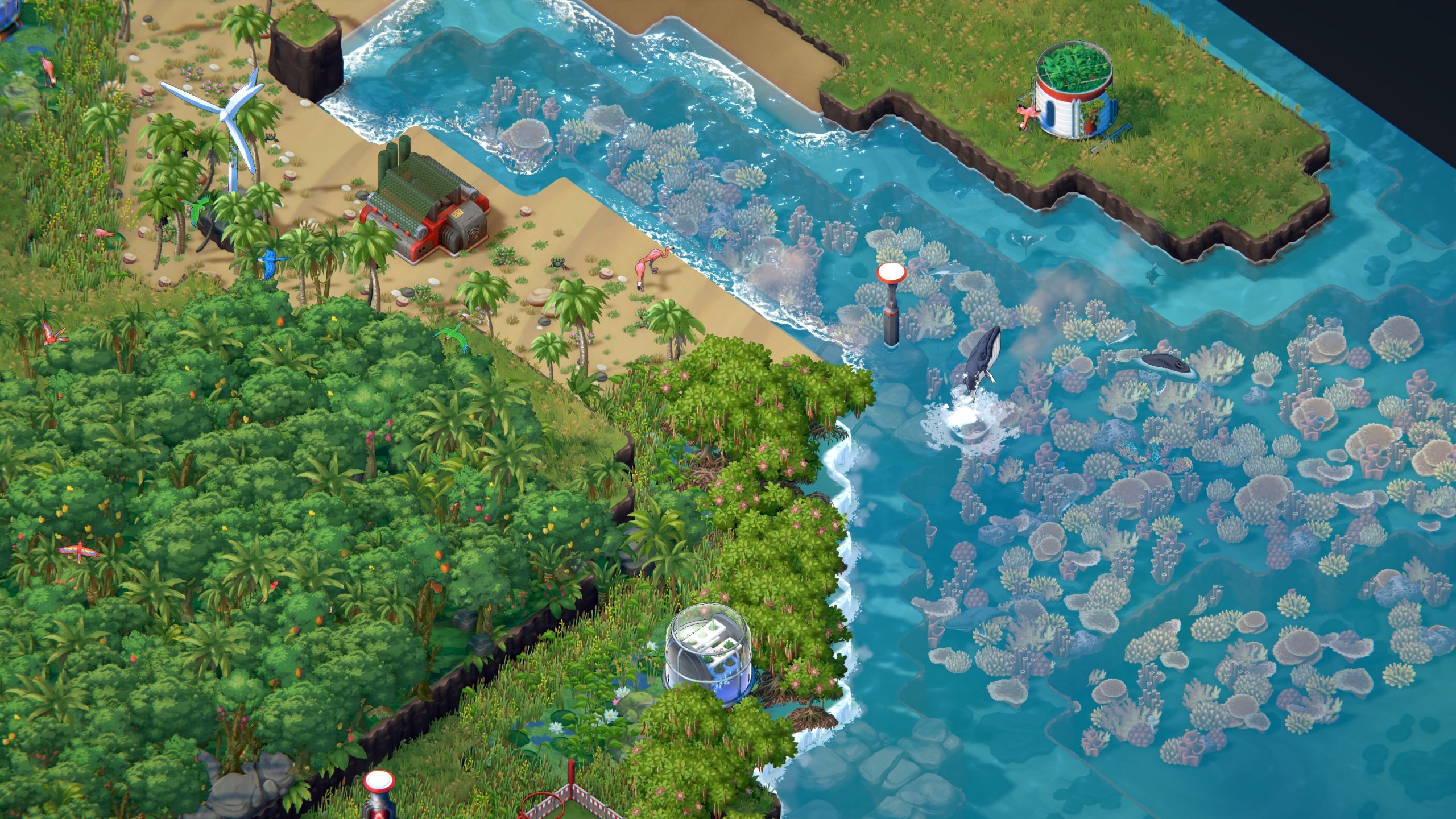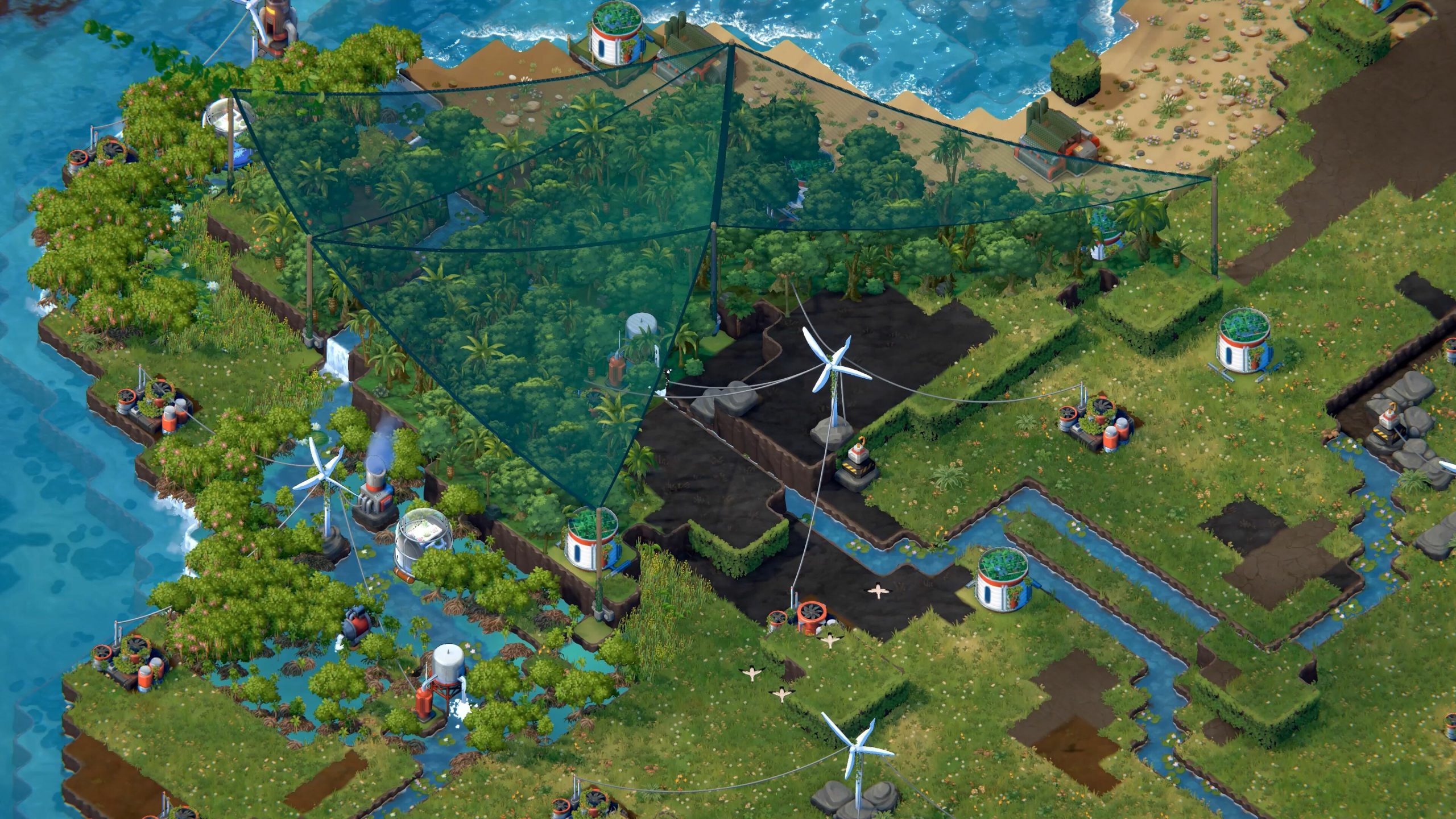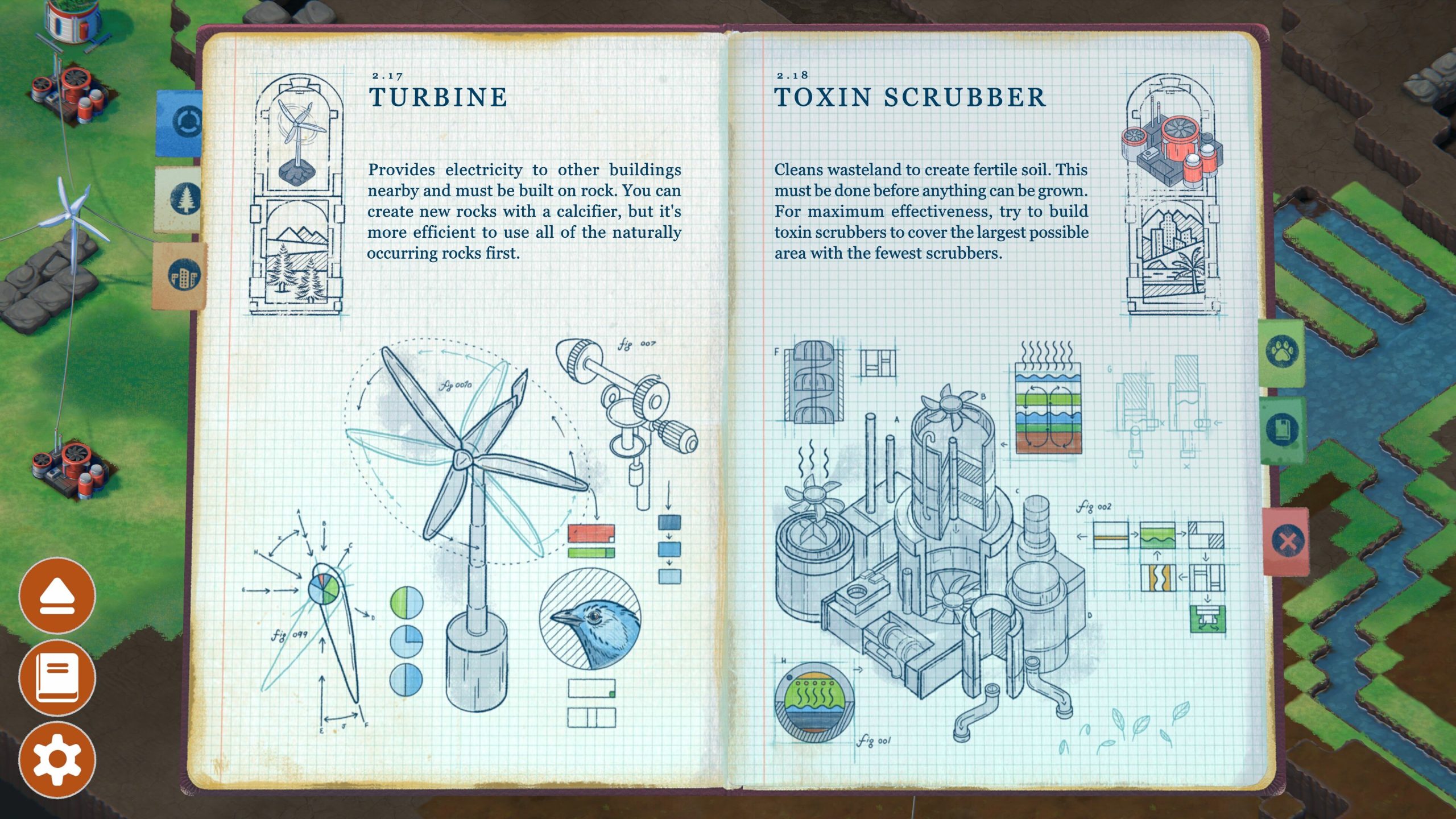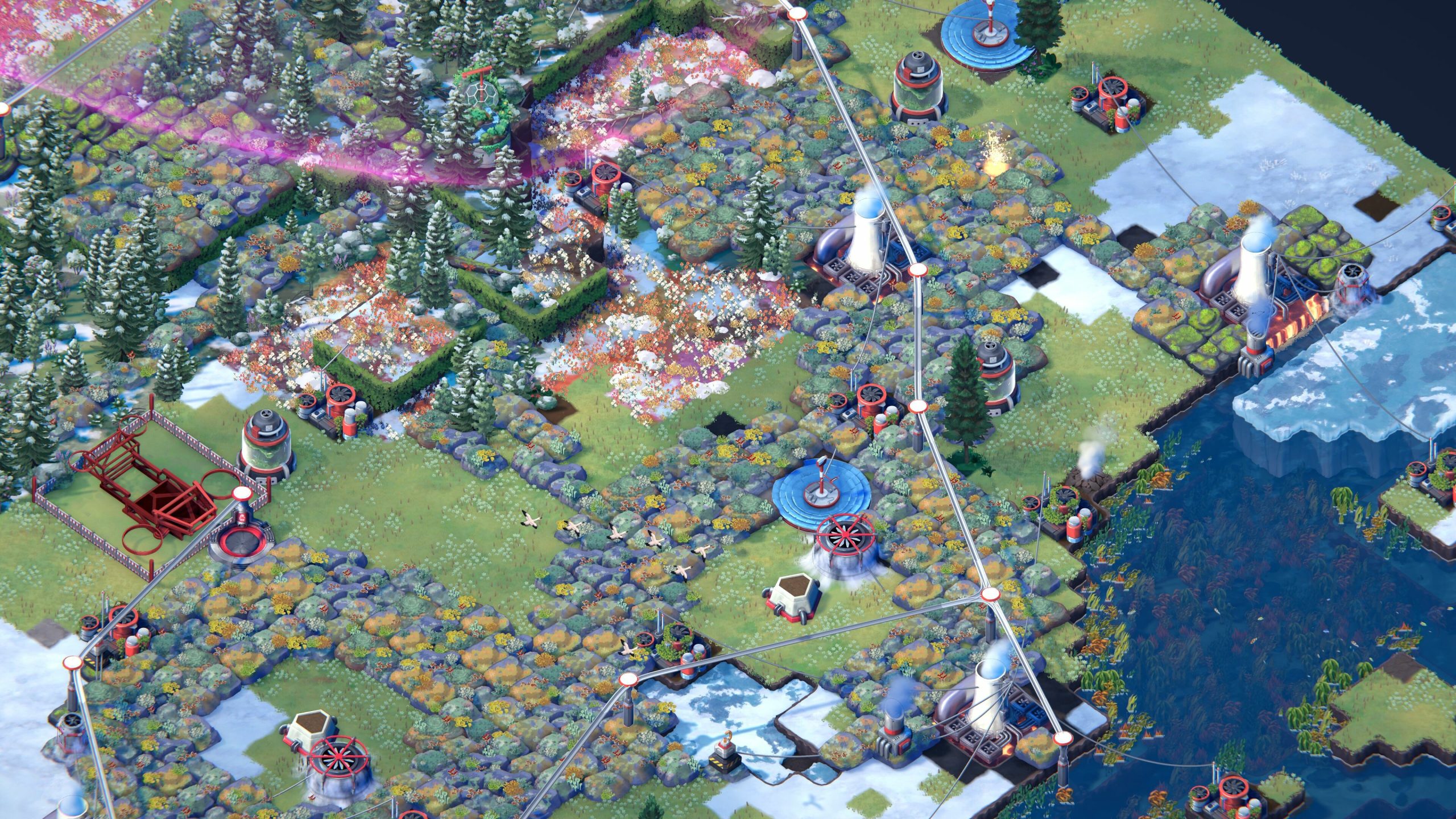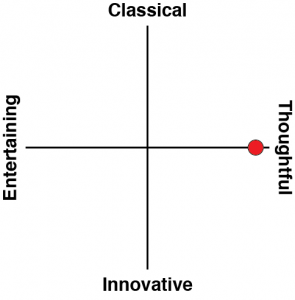Terra Nil is a story of hope that we sorely need right now. Despite an almost endless stream of warnings over the last few decades, humanity continues to treat climate change’s real and growing threat with blase indifference. The Paris Accord in 2015 was meant to be a turning point, when the world finally committed to doing what it needed to to prevent catastrophic heating in the atmosphere. Instead, eight years later in 2023, the world emitted record carbon levels.
It is, unfortunately, inevitable that some level of climate change devastation will strike. Island nations like Tuvalu and Kiribati will be washed away, their surviving people scattered in the first climate-induced genocides to be recorded in human history. Vast swathes of remaining land will go from barely supporting human populations to totally collapsing. Wars will be fought and climate refugees will be a crisis of humanity. All of that is effectively inevitable at this point.
Terra Nil is a ray of hope in the sense that even after all of that, the survivors may well be able to devise ways to recover the planet. It is, essentially, a puzzle game that looks like a simulator. Your goal is to turn barren wastelands back into habitats teeming with life and colour, and you’ll be doing this by strategically placing regenerative buildings around the land.
It starts simple. You’ll need to place windmills on blocks of solid land to generate electricity. That power allows you to construct buildings that restore the land with basic grasses, and fill the rivers with water again.
But from there you have to get serious. You need to encourage animals to return to their natural environments. You need to create new rivers to get water to more difficult locations. You have to do some burning – because in nature fire does play a useful role – and you need to do all of this while making sure that you have the natural resources that you need to power more regenerative efforts.
In a very simple sense, this plays like any other simulator you’ve ever played before. In Sim City and Cities: Skylines, Rollercoaster Tycoon and Project Highrise, you start with limited capacity, but by building the lower-tier buildings first, you begin to be able to scale operations and start building more advanced structures. It’s a timeless, brilliant gameplay loop that is very difficult to put down. But Terra Nil is more demanding of players. You have to be very careful about where you locate those windmills, because they have a very specific range. Put the watering machines in the wrong spots and you’ll leave wasteland gaps that are very difficult to fill in. If you don’t have natural barriers, you’ll start a fire only to watch it destroy everything.
As things become increasingly complex, the placement of every object becomes all the more important. It’s like Tetris, minus the real-time nature of it, and it’s every bit as frustrating when poor planning on your part results in gaps in nature. This is why the random nature of the maps is a confusing design decision; it is possible to wind up with maps where a “perfect” score is functionally impossible. That’s fine for traditional simulators since the goal with them is simply to roll with the hand you’re dealt and be as efficient as possible, but in Terra Nil, it’s like playing a puzzle game where there is no solution. Those are fun to give to other people to watch as they become furious with them, but less enjoyable when it happens to you.
Still, weighed against the game’s other merits, this is a minor criticism. On the positive side of the coin, Terra Nil is educational in the right way for video games. It’s not “preachy”, and that’s the right move because the moment gamers feel like they’re being lectured to they have a weird habit of kicking into reactionary stubbornness. Rather, it’s gently inspirational through its play loops, encouraging you to think about what makes ecosystems grow, develop and find balance, and the processes that facilitate this. It’s a game that promotes equilibrium in nature, suggesting that there are ways for technology and innovation to sit aside sustainability, and the absence of capitalist exploitation from the processes is poignant. Terra Nil is not about manufacturing and accumulating wealth and then using that to create more and more wealth. It’s about deploying resources to the betterment of all.
It’s also a simply gorgeous game to play. I must admit that I might be slightly biased, as my wife gave me an OLED Switch for Christmas and this was the first thing I played on it (the difference between the screens really is incredible), but as a staunch advocate for environmentalism, watching the ugly wasteland become revitalised, colourful and vibrant was an enormously rewarding experience.
I’ve seen more than a few people express surprise that Terra Nil is a Devolver Digital-published work, and I’m really not sure what they understand about the company. This is a game that gently reinforces a fundamentally positive and progressive view of the world and does so by transgressing the status quo and challenging expectations of both genre and theme. That has always been Devolver’s MO, and Terra Nil is perhaps the most important and timely project in its catalogue to date.
Buy gaming best sellers from Amazon (By purchasing from this link, you support DDNet, which earns a small commission per purchase)
